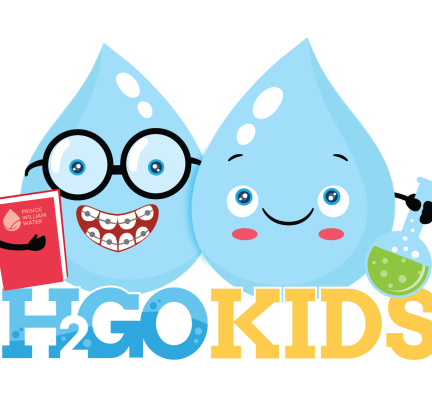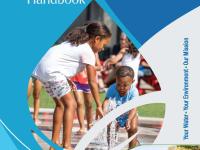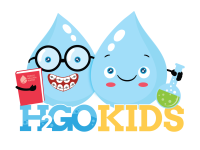Classroom Outreach
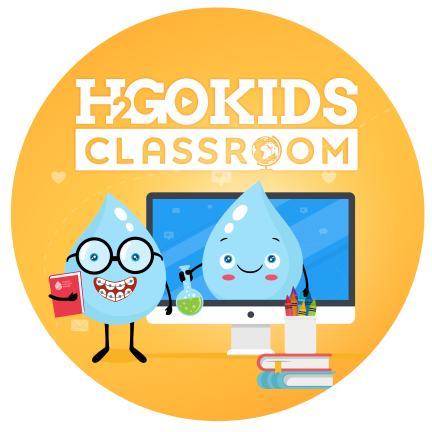
Water Education Materials for Classrooms
H2Go Kids Classroom presentations are here to support your elementary school science lesson plans! These pre-recorded videos and worksheets focus on drinking water, wastewater and water conservation, and can easily integrate into your existing curriculum. These videos are accessible on demand so you can use them when it best fits your lesson plan.
Bring the H2Go Kids to Your Classroom
Request a pre-recorded classroom presentation by filling out the form below.
H2Go Kids Presentation Topics
Prince William Water offers these lessons to educators in Prince William County, Virginia to help teachers and students learn more about their local environment and how they can participate in water conservation in their everyday lives. The H2Go Kids virtual lessons are designed to follow Virginia Science Standards of Learning for students in grades K-6, and teach students about pollution, water conservation, the water cycle, weathering and erosion, water filtration, watersheds and groundwater, water treatment, and more!
To receive a video lesson and accompanying worksheets for your K-6 students, fill out the form linked below!
View full details of the curriculum for the 2025-2026 school year.
To inquire about presentations on other topics, email outreach@pwwater.org. For more environmental lessons, experiments and activity sheets, visit H2GoKids!
Lesson Plans and SOL Targets
-
- K.4.a Water has many uses
- K.4.b Water can be found in many places
- K.7.a Living things need adequate water to survive
- K.11.c Choices we make impact the water
- 1.8.b Human actions can affect the availability of natural resources
- 3.8.a Human activity affects the quality of air, water, and habitats
- 3.8.b Water is limited and needs to be conserved
-
- K.4.a Water has many uses
- K.7.a Living things need adequate water to survive
- K.11.c Choices we make impact the water
- 1.8.a Most natural resources are limited
- 1.8.b Human actions can affect the availability of natural resources
- 1.8.c Reducing, reusing, and recycling are ways to conserve natural resources
- 3.8.a Human activity affects the quality of air, water, and habitats
- 3.8.b Water is limited and needs to be conserved
-
- 1.6.a The sun is the source of energy and light that warms the Earth’s land, air, and water
- 1.7.a Changes in temperature, light, and precipitation occur over time
- 3.7 The student will investigate and understand that there is a water cycle and water is important to life on Earth
-
- 2.2.a Forces from direct contact can cause an object to move
- 2.7.b Wind and weather can change the land
- 2.7.c Changes can happen quickly or slowly over time
- 3.8.c Fire, flood, disease, and erosion affect ecosystems
- 5.8.d Processes such as weathering, erosion, and deposition change the surface of the earth
-
- 3.8.a Human activity affects the quality of air, water, and habitats
- 3.8.b Water is limited and needs to be conserved
- 5.7.b Substances can be mixed together without changes in their physical properties
- 6.6.f Water is important for agriculture, power generation, and public health
- 6.9.b Renewable and nonrenewable resources can be managed
- 6.9.c Major health and safety issues are associated with air and water quality
-
- 3.8.a Human activity affects the quality of air, water, and habitats
- 3.8.b Water is limited and needs to be conserved
- 4.8.a Key resources include watersheds and water
- 6.9.a Natural resources are important to protect and maintain
- 6.9.b Renewable and nonrenewable resources can be managed
- 6.9.c Major health and safety issues are associated with air and water quality
-
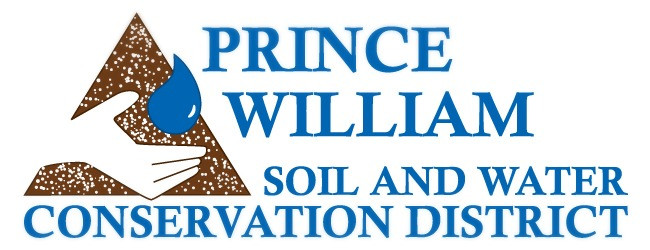 In partnership with the Prince William Soil & Water Conservation District, loaner watershed models are available for short-term use in your classroom.
In partnership with the Prince William Soil & Water Conservation District, loaner watershed models are available for short-term use in your classroom.Visit Prince William Soil & Water Conservation District's website to reserve a model!
- 4.8.a Key resources include watersheds and water
- 6.6.f Water is important for agriculture, power generation, and public health
- 6.8.a A watershed is composed of the land that drains into a body of water
- 6.8.d Natural processes, human activities, and biotic and abiotic factors influence the health of a watershed system
- 6.9.a Natural resources are important to protect and maintain
- 6.9.b Renewable and nonrenewable resources can be managed
- 6.9.c Major health and safety issues are associated with air and water quality
- 6.9.e Preventative measures can protect land-use and reduce environmental hazards
-
- 6.8.d Natural processes, human activities, and biotic and abiotic factors influence the health of a watershed system
- 6.9.a Natural resources are important to protect and maintain
- 6.9.b Renewable and nonrenewable resources can be managed
- 6.9.c Major health and safety issues are associated with air and water quality
- 6.9.e Preventative measures can protect land-use and reduce environmental hazards
Request a Presentation
Registration for the 2025-2026 school year is now open!
